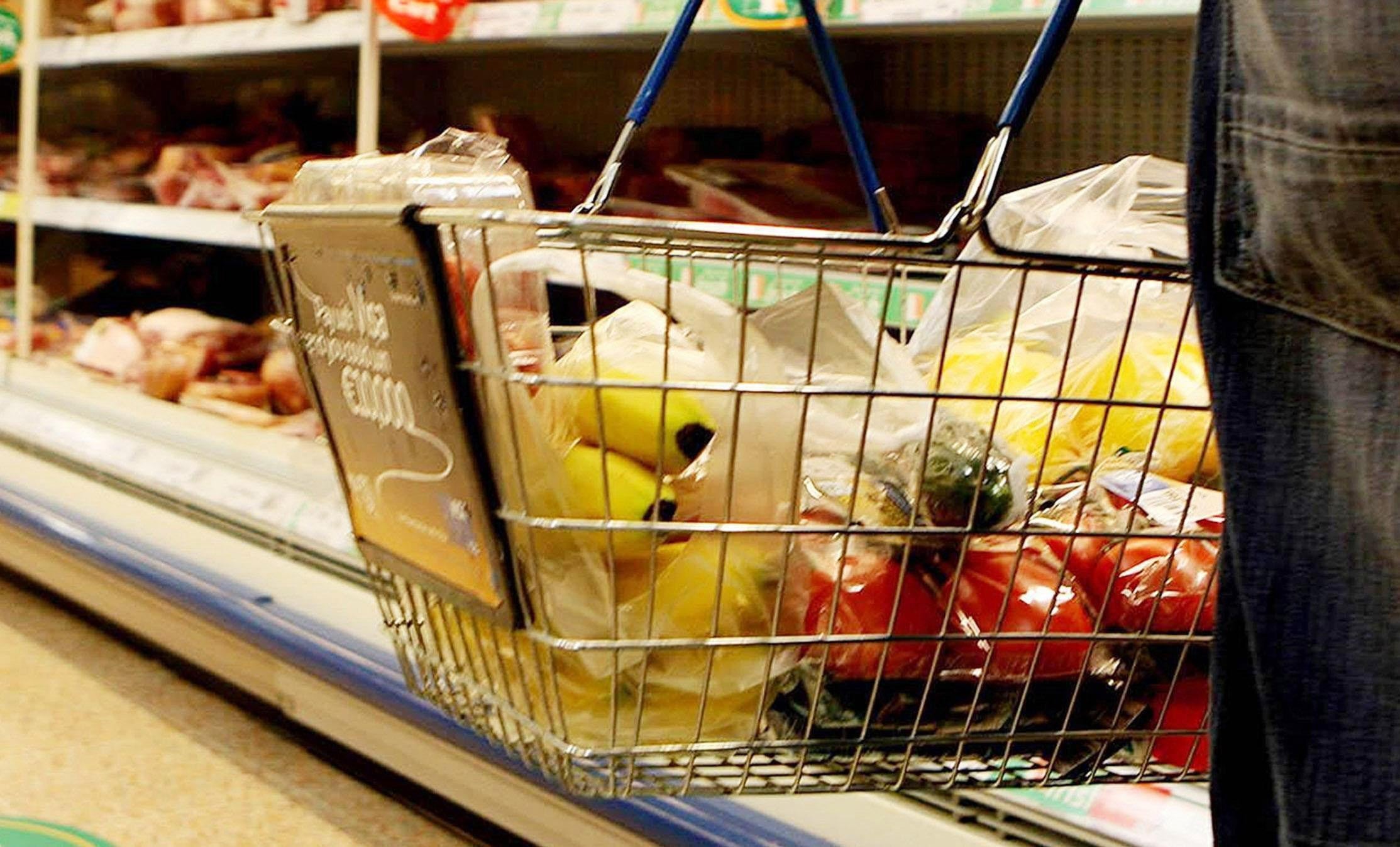Shop price inflation hits highest rate since September 2011
Shop price annual inflation accelerated to 2.1% in March, up from 1.8% in February – the highest rate in more than a decade, figures show.

Shop price inflation has hit its highest rate since September 2011 amid warnings to consumers that the full impact of mounting costs is yet to be seen.
Annual inflation accelerated to 2.1% in March, up from 1.8% in February – the highest rate in more than a decade, according to the BRC-NielsenIQ Shop Price Index.
Food inflation jumped to 3.3% – its highest rate since March 2013 – while non-food inflation reached 1.5% in March, up from 1.3% in February and its top rate since February 2011.
Consumers have seen their fifth consecutive month of rising prices amid mounting cost pressures throughout the supply chain, including in rising wages, input costs, global commodity prices, energy and transport.
Rising food prices will start to impact what’s put in the shopping basket
The British Retail Consortium (BRC) said many of these costs were beginning to be exacerbated by the situation in Ukraine but the full impact on prices was yet to be seen.
Wheat prices have risen sharply while the increase in oil prices has not only impacted the cost of domestic energy but also fertiliser and transporting goods.
BRC chief executive Helen Dickinson said: “Our Shop Price Index has been rising more modestly than other inflation measures as retailers were able to limit price rises on many essential goods.
“By keeping the prices of key items down and expanding value ranges, retailers are trying to support customers most affected by the cost-of-living squeeze, many of whom will face higher energy prices and national insurance contributions from 1 April.
“With overall inflation likely to rise even higher according to the Bank of England, consumers will not have an easy ride this year. The war in Ukraine, and volatility in commodity markets is likely to further dampen consumer confidence in the coming months.”
Mike Watkins, head of retailer and business insight at NielsenIQ, said: “With cost-of-living increases accelerating, the next few months will be a difficult time for consumers.
“Rising food prices will start to impact what’s put in the shopping basket so supermarkets will need to adapt ranges to help shoppers manage what they spend on their weekly groceries.”
Bookmark popover
Removed from bookmarks